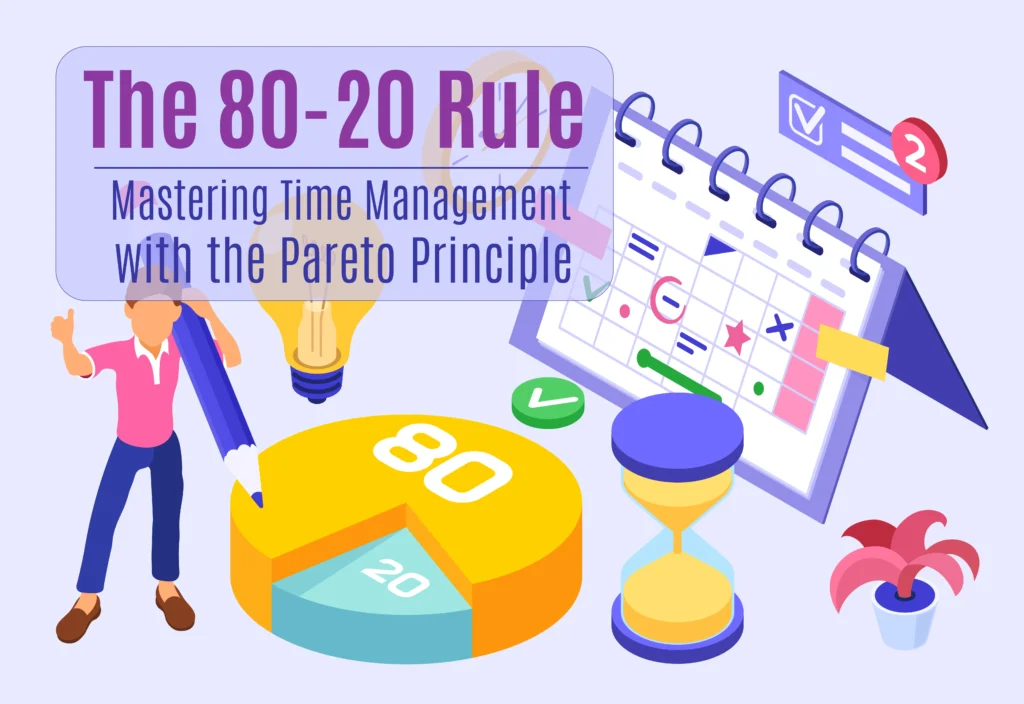Budgeting 101: How to Track Your Spending Effectively
Understanding where your money goes is the first step to taking control of your finances. Whether you’re trying to save more, pay off debt, or simply get a handle on your expenses, learning how to track your spending effectively is a game-changer. In this guide, we’ll break down the basics of budgeting and show you simple strategies for monitoring your spending so you can make smarter financial decisions. Ready to take charge of your money and reach your financial goals? Let’s dive into Budgeting 101!
The truth is, many people feel lost with their finances simply because they don’t know where their money is going. But once you start tracking your spending, it opens the door to better financial decision-making. This guide is designed to teach you how to track your spending effectively, so you can take charge of your budget, meet your financial goals, and reduce financial stress. Let’s dive into the why, how, and best practices for keeping tabs on your money.

Why Tracking Your Spending Is Crucial
If you’re looking to improve your financial health, the first step is understanding your current spending habits. Many of us spend without thinking—whether it’s grabbing coffee on the way to work or subscribing to a service we rarely use. These small, unconscious expenses can quickly add up, causing you to spend more than you think. Tracking your spending brings these hidden costs to light, allowing you to see exactly where your money is going.
When you track your spending, it serves as a mirror, showing you the truth about your financial habits. Here are three reasons why tracking your spending is crucial:
- Understanding Spending Habits: Often, people assume they spend their money in certain areas, but without actual data, it’s easy to miscalculate. For instance, you might think that groceries are your biggest expense, but by tracking your spending, you could discover that dining out or entertainment consumes a larger portion of your income. Tracking uncovers where you’re overspending and helps you adjust accordingly.
- Aligning with Financial Goals: Every budget should be aligned with your financial goals, whether that’s paying off debt, saving for a vacation, or building an emergency fund. By tracking your spending, you’ll ensure that your money is going towards these goals instead of being wasted on unplanned expenses.
- Avoiding Common Spending Pitfalls: Without a system in place to track spending, it’s easy to overlook small costs that add up over time. Think about unused subscriptions, impulse purchases, or even ATM fees. Tracking helps you spot these unnecessary costs and eliminate them.
Methods for Tracking Spending
Now that you understand why tracking your spending is so important, let’s explore the best ways to do it. There are a variety of methods available to fit different preferences and lifestyles, from traditional pen-and-paper approaches to high-tech financial apps.
Traditional Methods
- Pen and Paper: The old-fashioned way of writing down every expense may seem outdated, but it’s still a reliable option for those who like tangible records. This method is simple, and it forces you to actively engage with your finances. All you need is a notebook where you can jot down daily expenses, categorize them, and tally up your totals at the end of the week or month. Though it requires more effort, some people find that the act of writing expenses down helps them internalize their spending patterns better.
- Spreadsheet Tracking: For those who prefer a bit more organization but still want full control, spreadsheets offer a great option. Using Excel, Google Sheets, or pre-built budget templates, you can create detailed spending categories, track monthly expenditures, and even create visualizations like charts or graphs. Spreadsheets are a flexible option that allows you to adjust categories, track changes over time, and integrate formulas for automatic calculations.
Digital Tools
- Budgeting Apps: If manual tracking isn’t your style, budgeting apps can help automate much of the process. Apps like Mint, You Need A Budget (YNAB), and PocketGuard link directly to your bank accounts, track transactions, categorize expenses, and provide real-time data. These apps also offer reporting features that give you an overview of your spending patterns. For beginners, Mint is a popular choice because it’s free and easy to use. For more detailed budgeters, YNAB offers a robust system that focuses on “giving every dollar a job.”
- Bank Account Tools: Many banks now offer built-in spending tracking features. Log in to your online banking portal or mobile app, and you may find a breakdown of your spending by category. Some banks even offer alerts when you go over budget in certain areas. This method is convenient, as you don’t need to log expenses manually, but it might not be as customizable as a dedicated budgeting app.
Choosing the Right Method
Ultimately, the best method for tracking your spending is the one you’ll stick to. Consider your comfort level with technology, how detailed you want your tracking to be, and how much time you can devote to it. The key to successful tracking is consistency, not perfection. Whether you prefer jotting down expenses on paper or using a sophisticated app, the important thing is to develop a habit of tracking.
Setting Up Your Spending Tracker
Now that you’ve chosen a tracking method, it’s time to set up your system. Here’s how to create an effective tracker that fits your financial needs.
Define Categories
Start by breaking down your expenses into categories. Some common categories include:
- Housing (rent/mortgage, utilities)
- Groceries (food, household supplies)
- Transportation (gas, public transit, car maintenance)
- Entertainment (dining out, movies, hobbies)
- Savings (emergency fund, retirement, investments)
- Debt Repayment (credit card, loans)
You can make your categories as specific or as general as you like, depending on how detailed you want your budget to be. The goal is to capture all your spending and ensure no area is overlooked.
Set Budget Goals
Once you’ve defined your categories, decide how much of your income should be allocated to each. Use your financial goals as a guide. For example, if your goal is to save more, you might allocate a larger portion of your budget to savings and less to discretionary spending like entertainment or dining out.
Start Tracking
With your categories and goals in place, begin recording your expenses. Track every dollar, no matter how small. A $3 coffee might seem insignificant, but over time, these small expenses can snowball into a significant sum. Try to track your spending in real-time, or set aside time at the end of each day to log your expenses.
Review and Adjust
Tracking your spending isn’t a “set it and forget it” process. It requires regular review to ensure you’re staying on track. Review your spending weekly or monthly, depending on your preference. Adjust your budget categories as needed based on your spending patterns. For instance, if you’re consistently spending more on groceries than you budgeted, either adjust your grocery budget or find ways to cut back.
≫ Learn More: How to Make a Monthly Budget That Works
Common Challenges in Tracking Spending and How to Overcome Them
Tracking spending is a powerful tool, but it’s not without its challenges. Many people struggle to stay consistent or feel overwhelmed by the process. Here are some common hurdles and strategies to overcome them.
Forgetting to Track
One of the most common challenges is simply forgetting to track your spending. The best solution is automation. Use an app that links to your bank account and automatically tracks transactions. If you prefer manual tracking, set daily reminders on your phone to log your expenses.
Uncategorized or Unexpected Expenses
Unexpected expenses, such as car repairs or medical bills, can throw your budget off balance. The best way to handle this is by creating a miscellaneous category in your budget or by building a financial cushion. Try to set aside a small portion of your income for unplanned expenses each month.
Feeling Overwhelmed
If you feel overwhelmed by the number of transactions to track, start simple. Focus on broad categories like “necessities” and “discretionary” spending at first. As you become more comfortable, you can add more detailed categories. Remember, you don’t have to track every penny perfectly; the goal is to gain better awareness of your spending habits.
Inconsistent Income
For freelancers or gig workers with variable income, budgeting and tracking can be particularly challenging. To manage inconsistent income, create a base budget that covers essential expenses and use any extra income for discretionary spending or savings. You may also want to track income alongside expenses to ensure you’re living within your means.
Keeping Your Partner/Family on Board
If you share finances with a partner or family, it’s essential to get everyone on the same page. Regular budget meetings can help ensure that everyone is tracking their spending consistently. Consider using a shared app where both partners can log expenses.
Analyzing Your Spending Habits
Once you’ve been tracking your spending for a few weeks or months, it’s time to analyze the data. Here’s how to turn that information into actionable insights.
Spotting Patterns
One of the first things you’ll notice after a few months of tracking is patterns in your spending. You might find that you’re consistently overspending in certain categories, like dining out or entertainment. Use this information to identify areas where you can cut back.
Evaluating Needs vs. Wants
As you analyze your spending, it’s important to distinguish between needs and wants. Ask yourself if your spending aligns with your financial priorities. For example, if your goal is to save for a down payment on a house, but a large portion of your income is going towards discretionary spending, it might be time to adjust.
Adjusting Future Budgets
The beauty of tracking your spending is that it gives you the data you need to create a more accurate and realistic budget in the future. If you find that your current budget isn’t working, don’t be afraid to adjust it. Your budget should be a living document that evolves with your needs and circumstances.
Staying Consistent with Tracking Over Time
Tracking your spending is a habit that needs to be maintained over the long term to reap the most benefits. Here’s how to stay consistent:
Building Tracking Into Your Routine
The easiest way to ensure you track your spending consistently is to build it into your daily or weekly routine. Set aside time each day to log expenses or do a weekly review of your budget. Treat it like any other essential task, such as paying bills or exercising.
Using Technology for Long-Term Success
Many budgeting apps offer features that help you stay consistent, such as daily or weekly notifications, automated expense tracking, and budget alerts. If you’re using an app, take full advantage of these features to stay on top of your spending.
Motivation Strategies
Tracking your spending can feel tedious at times, so it’s important to keep yourself motivated. Set short-term milestones, like tracking for one month or three months, and reward yourself when you hit those goals. You’ll likely find that the financial benefits—such as having more money saved or reduced debt—are motivation enough to continue.
Accountability
If you’re struggling to stay consistent, consider enlisting a partner or friend to help hold you accountable. Share your progress with someone you trust, or work with a financial coach who can help you stay on track.
Conclusion
Tracking your spending is one of the most effective tools for taking control of your finances. By understanding where your money is going, you can make informed decisions, align your spending with your financial goals, and avoid common money pitfalls. Whether you prefer pen and paper, spreadsheets, or budgeting apps, the key to success is consistency. Start small, stay committed, and you’ll soon find that tracking your spending becomes second nature—helping you achieve long-term financial health.












